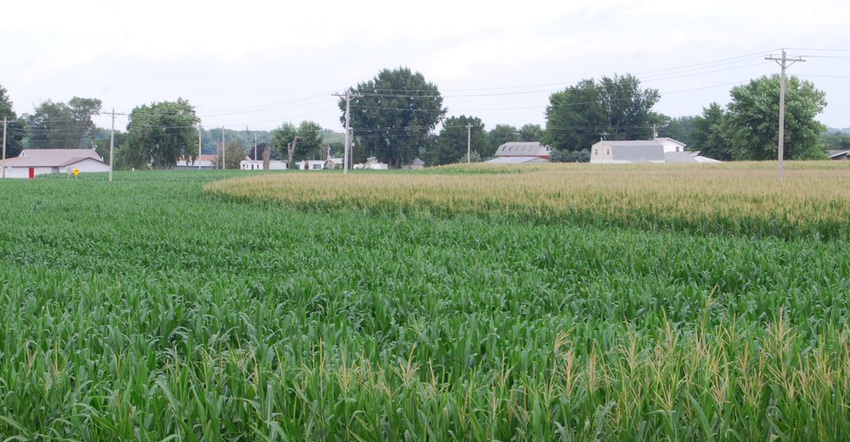August 21, 2019

With excessive rainfall delaying planting this spring, much of the silage corn crop fell behind schedule this summer. The late start compounded with concerns of an early frost this fall could make the season even shorter. Dairy producers may be concerned about harvesting a lower-quality and lower-yielding silage product due to the late season.
“We need all of the warm weather we can get to accumulate growing degree units for the crop to mature normally with good quality,” says Jon Erickson, commercial agronomist with Mycogen Seeds. “This is especially important in the late-summer months. An early frost can shut down the plant and negatively affect ear fill.”
Tips to get corn ready for silage harvest
Keep an eye on moisture levels and grain fill ahead of silage corn harvest. The goal of dairy farmers is to produce milk profitably, and a critical part of that equation is feeding high-quality corn silage. Here are three tips to prepare late-planted silage for a successful harvest.
Watch growing degree units. Lower or slower GDU accumulation means plant development is behind normal, while the calendar moves ahead into fall. Keep a close eye on GDU accumulation to prepare for optimum harvest timing.
The Corn Growing Degree Day decision support tool from the Midwest Regional Climate Center helps guide on-farm management decisions, including harvest. This free GDD tool provides real-time information to project crop development, estimate corn hybrid maturity requirements and predict the likelihood of early frost in specific locations.
Monitor corn development after silking. Harvest usually begins about 40 to 45 days after mid-silk. Farmers should keep a calendar that lists 30 days after silking by field, Erickson says. At this point, you can begin to monitor development and weather conditions until the crop has reached proper moisture for harvest.
Harvest at proper moisture. Erickson recommends harvesting at 65% to 70% whole-plant moisture to preserve silage quality. Harvesting when silage is too wet will cause loss of crucial nutrients and impact its quality. In addition to moisture levels, keep an eye on grain fill. If the crop was planted late, there may be less time available for kernels to fully fill.
“If we can end up with good fiber digestibility, a nutritionist can add starch to get a good ration,” Erickson says. “Even if we have a frost-shortened growing season, farmers who planted Mycogen brand BMR or Unified corn silage will have good fiber digestibility, which can still offer good quality corn silage to feed dairy cows.”
Erickson suggests dairy producers work closely with their nutritionist during and after harvest to assess silage quality, run tests and analyze the forage, and build a new feeding plan based on what’s in the bunker.
For more information about helping silage corn reach its potential before harvest, talk to your local Mycogen Seeds agronomist and visit mycogen.com/Silage.
Source: Mycogen, which is responsible for information provided and is wholly owned by source. Informa Business Media and subsidiaries aren’t responsible for any content in this information asset.
You May Also Like




